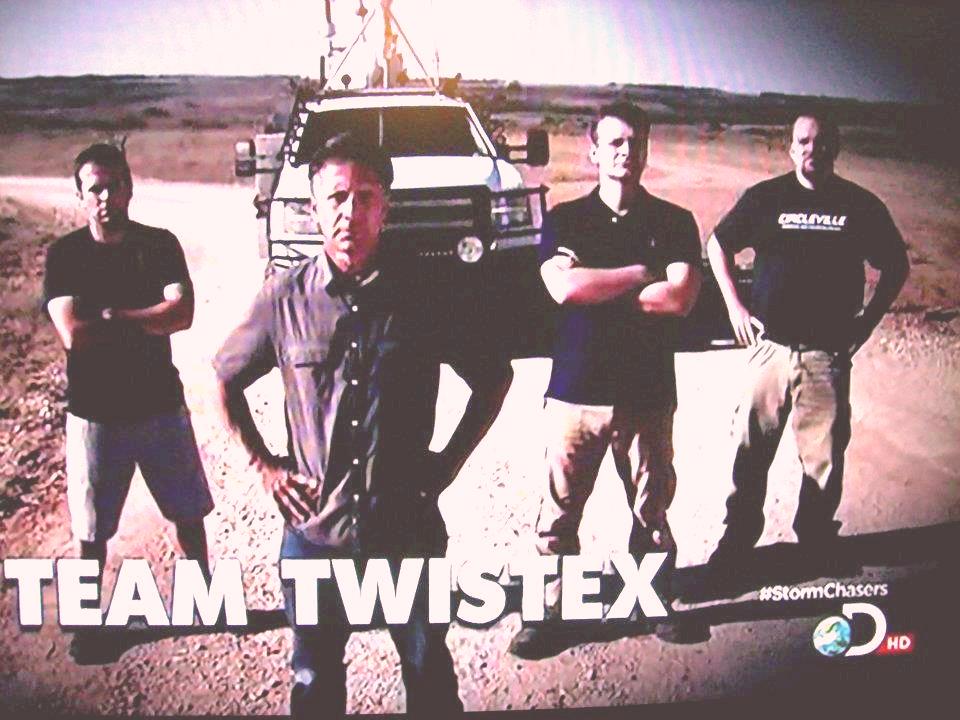Note: The intent of this posting, even prior to this morning, was not to make light of these events, or to sensationalize, rather it was a genuine call to everyone that if experts in the field can be caught off guard by the unpredictable nature of these dangerous storms, what chance do the rest of us have? Always be alert, know your surroundings, and plan ahead.
Update 02-June-2013: This morning as I read the newspaper I was shocked to learn that three storms chasers from Team TWISTEX (Tim Samaras, his son Paul Samaras, and Carl Young) were killed while chasing the same EF3 tornado near El Reno, OK (read below). Tim Samaras was founder of TWISTEX (Tactical Weather Instrumented Sampling in Tornadoes Experiment), that sought to advance tornado research and warning for the public. While most are familiar with Team TWISTEX from the Discovery Channel Program – Storm Chasers, Tim, Paul, and Carl were considered experts in their field, and greatly influenced our understanding of tornado dynamics.
Original Post (01-June-2013)
As Mike Bettes, meteorologist for the Weather Channel reflected today, “that was the scariest moment of my life.” Bettes was referring to being caught off guard by an EF3 tornado that overtook them while storm chasing along Interstate 40 near El Reno, Oklahoma yesterday. Brandon Sullivan and Brent Wright, first-year meteorology students and storm chasers, were also struck by a tornado while chasing near Union City, Oklahoma as well. In both cases the storm chasers were caught off guard when the tornadoes they were tracking suddenly changed direction. While both groups suffered only minor injuries, their experience is an important reminder of the unpredictable nature of tornadoes. In addition, their experience is a timely reminder that attempting to outrun a tornado should be your last option. (Click on the links above to see the dramatic video of their experiences).
As the National Weather Service suggests, your best options for tornado safety are (in this order):
- In an underground storm shelter, storm cellar, basement or engineered safe room.
- On the lowest floor of a sturdy building:
- Stay away from doors, windows and outside walls
- Put as many walls between you and the tornado as you can
- Use pillows, couch cushions, sleeping bags, a mattress or blankets to cover up
- If you or your children have helmets, wear them!
- If you have an infant, put them in their car seat or carrier
Also, if you do not feel safe from a tornado where you are:
- and you feel the need to drive somewhere else to find better shelter, it is critical that you do not wait too late to make that critical decision
- if you wait until the tornado warning is in effect for your location, it is probably too late to be able to drive away safely!
- If you choose to leave your vehicle, be sure you know where you are going before you start the car. Try to let someone know you are not at home nad where you are going
- Do not assume that public buildings are tornado shelters
- Be sure you are not putting yourself in more danger by driving into another storm
The National Weather Service Storm Prediction Center also suggests, “There is no safe option when caught in a tornado in a car, just a slightly less-dangerous ones. If the tornado is visible, far away, and the traffic is light, you may be able to drive out of its path by moving at right angles to the tornado… If you are caught by extreme winds or flying debris, park the car as quickly and safely as possible — out of the traffic lanes. Stay in the car with the seat belt on. Put your head down below the windows; cover your head with your hands and a blanket, coat, or other cushion if possible. If you can safely get noticeably lower than the level of the roadway, leave your car and lie in that area, covering your head with your hands. Avoid seeking shelter under bridges.”

Leave a Reply